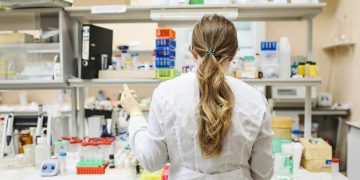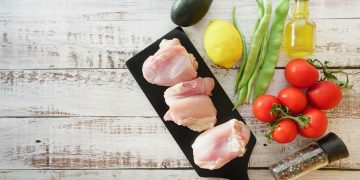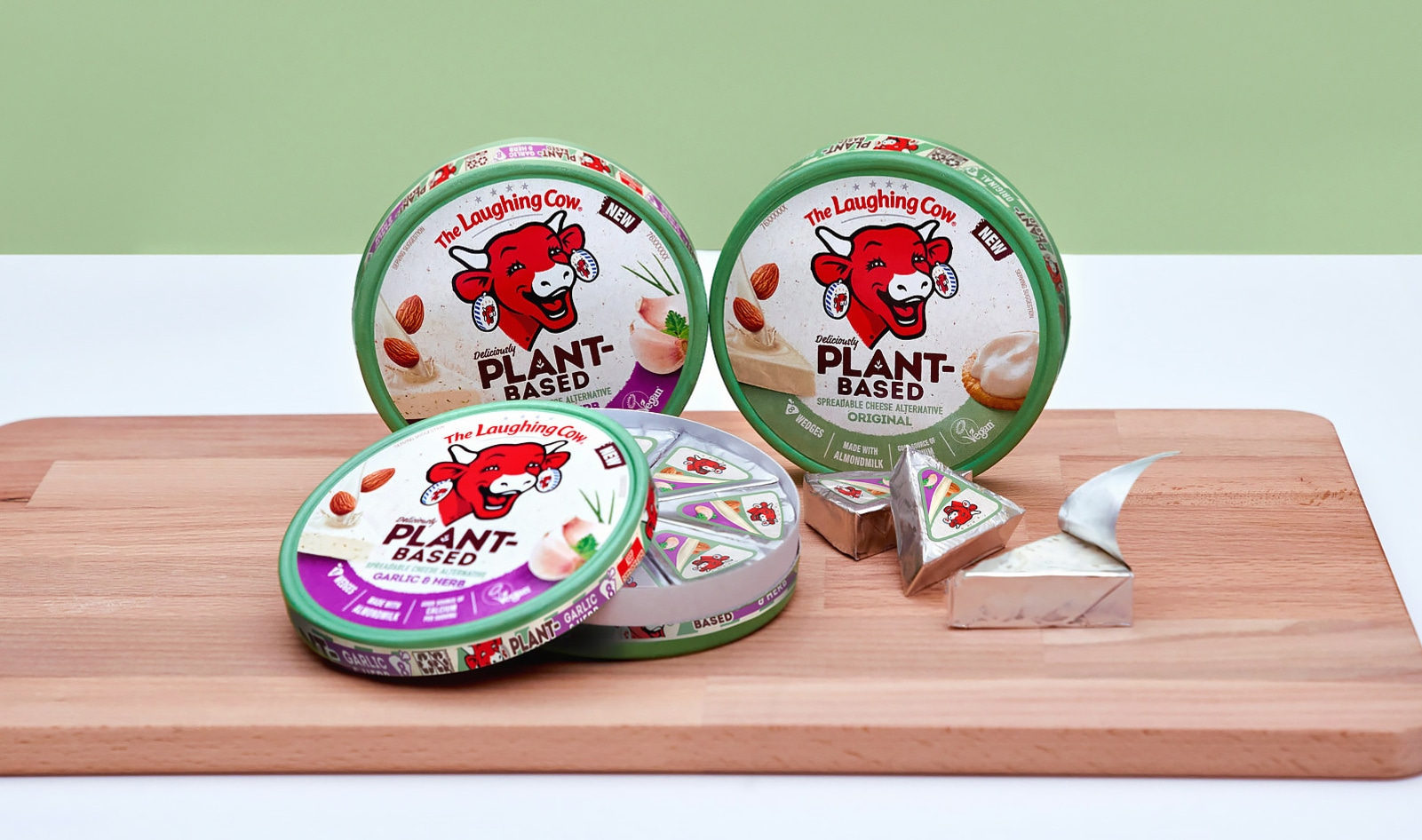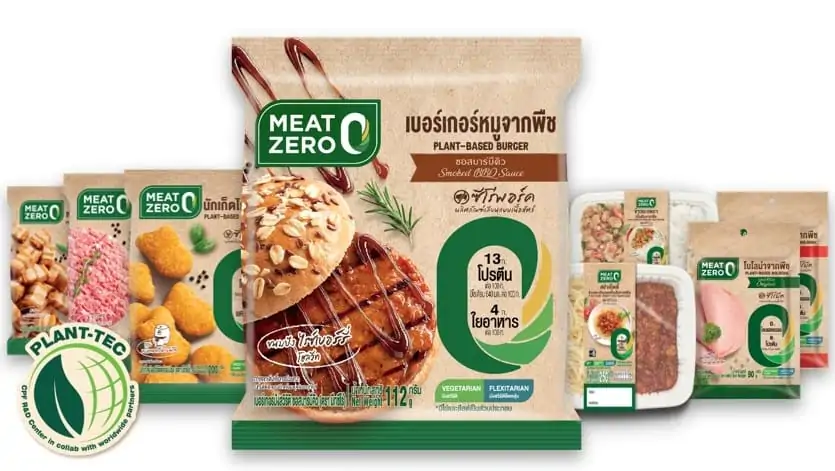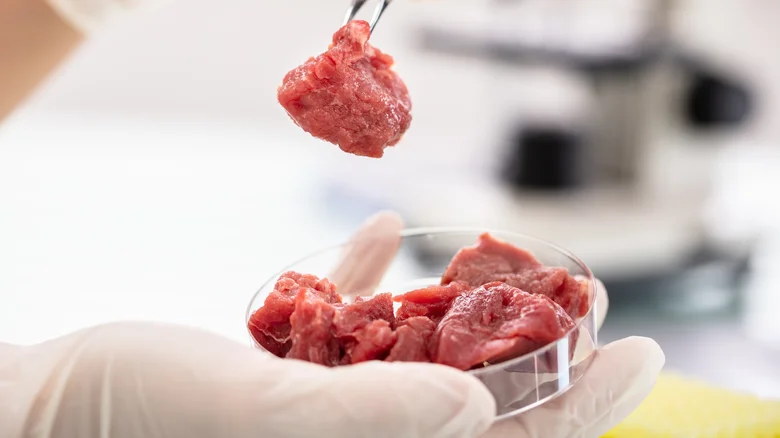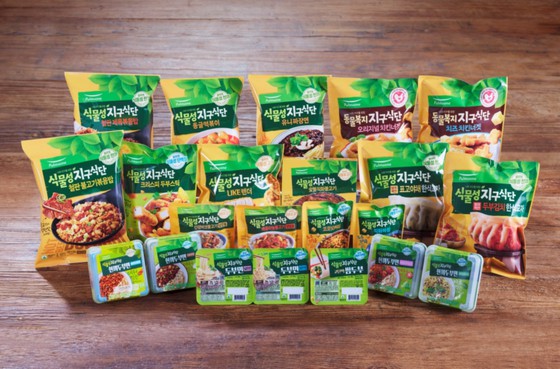By Xcaret Nuñez
For the first time ever, “lab-grown meat” is available on the U.S. market.
In anticipation, a small group of people from across the country gathered in San Francisco to taste chicken grown from animal cells.
“You put it in your mouth, and the overwhelming response is, ‘It’s chicken, and it’s delicious,’” said Upside Foods Chief Operating Officer Amy Chen. “It’s the way it makes it to the table that’s unique.”
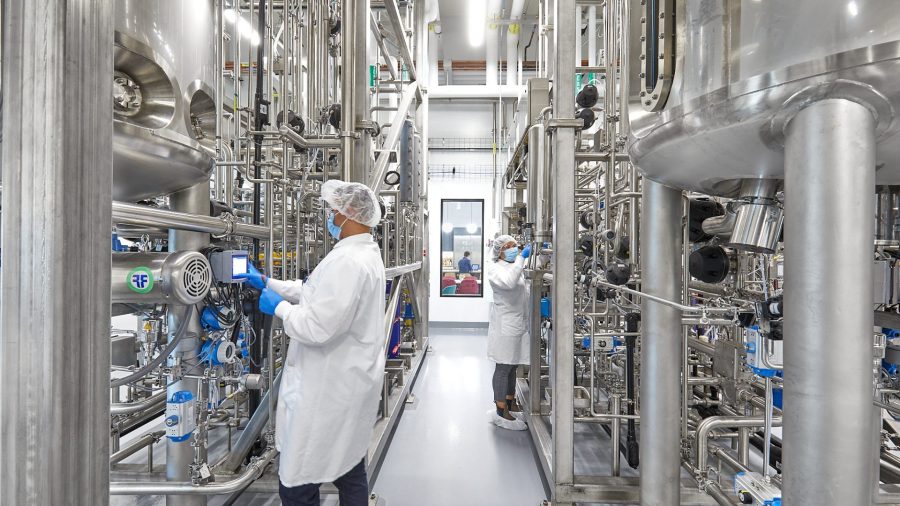
Upside Foods and Good Meat, two California companies, both received approval from the U.S. Department of Agriculture in June to produce and sell their cultivated chicken meat. The go ahead came months after the Food and Drug Administration certified the chicken products from both companies are safe to eat.
“When consumers buy cultivated meat that comes out of our production facility, for example, it will bear the same USDA-inspected symbol that they’re used to seeing on their traditional meat,” Chen said.
But it could still take years until people can shop for the new food at grocery stores. The industry still has huge hurdles to overcome — cultivated meat is expensive to make, and labs aren’t able to nearly produce the billions of pounds of meat Americans consume every year.
“What makes this process particularly challenging is (animal) cells are more difficult to grow than maybe a yeast cell or bacteria cells,” said Tony Moses, a product innovation director with CRB, a Missouri firm that designs and builds labs for pharmaceutical, biotech and food companies.
The chicken isn’t cheap
Cultivated meat is made by taking a small sample of animal cells and placing it inside steel bioreactor tanks called “cultivators” that look similar to a beer fermentation tank. The animal cells placed in the tanks can come from a living animal, a fertilized egg or a cell bank. They’re then combined with amino acids, fatty acids, vitamins and other nutrients that cells need to grow.

After a few weeks, the meat is taken out of the tanks and formed into cutlets, patties or other common food shapes. But the bioreactors that are used to grow cultivated meat often produce low quantities, Moses said, and figuring out how to improve the yield and efficiency of bioreactors is a must to scale up meat production.
Moses also said the input costs such as equipment, cleanrooms and liquid the animal cells are put in to grow, called culture media, need to drastically come down to make cultivated meat products widely accessible in the future.
“The cost of (cultivated meat) needs to be competitive with conventional meat that’s currently on the market, if not less than that,” he said.
For now, both companies are serving their cultivated chicken in exclusive restaurants. Upside’s meat will be served at a three-Michelin-starred restaurant in San Francisco called Bar Crenn and Good Meat will serve its chicken at a restaurant in Washington D.C. owned by José Andrés.
Chen, Upside’s COO, said there’s still a long road ahead to make the company’s cultivated chicken products available and affordable.
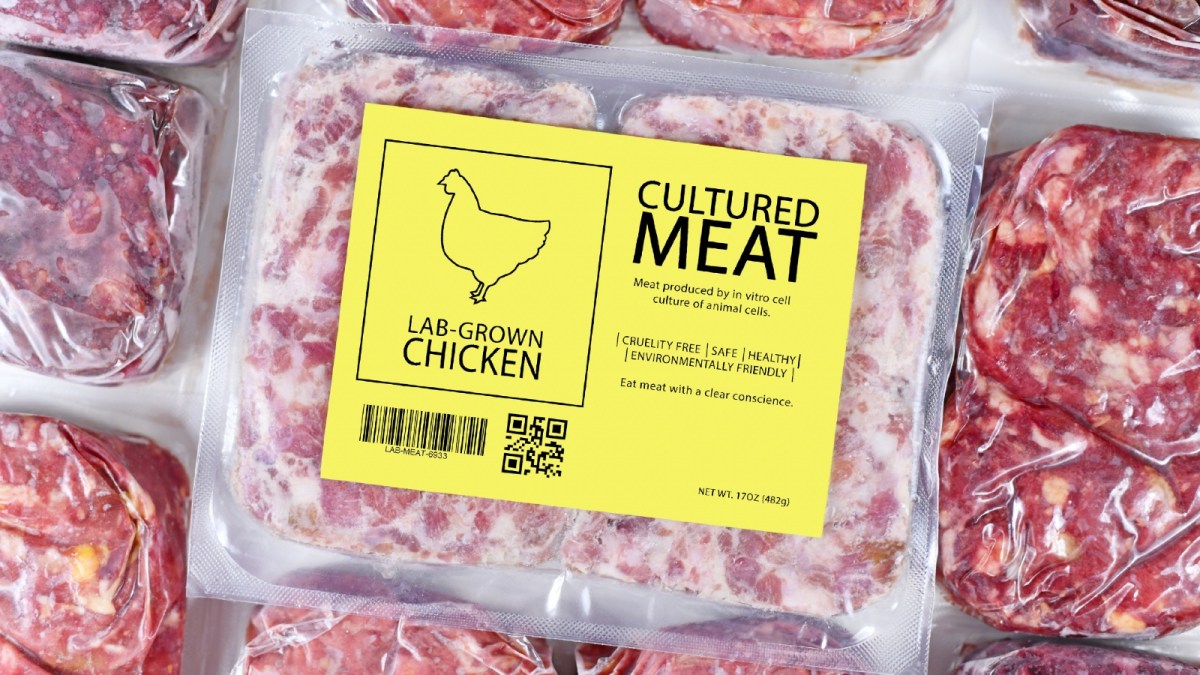
“As we launch, we will be at a premium,” Chen said, “but over time, as we continue to scale, build out the supply chain and operate at larger scales, our costs will come down. And I think that will then allow more consumers to have access to products.”
She expects a mass market for lab-grown meat is likely a decade or more away.
** Click here to read the full-text **



